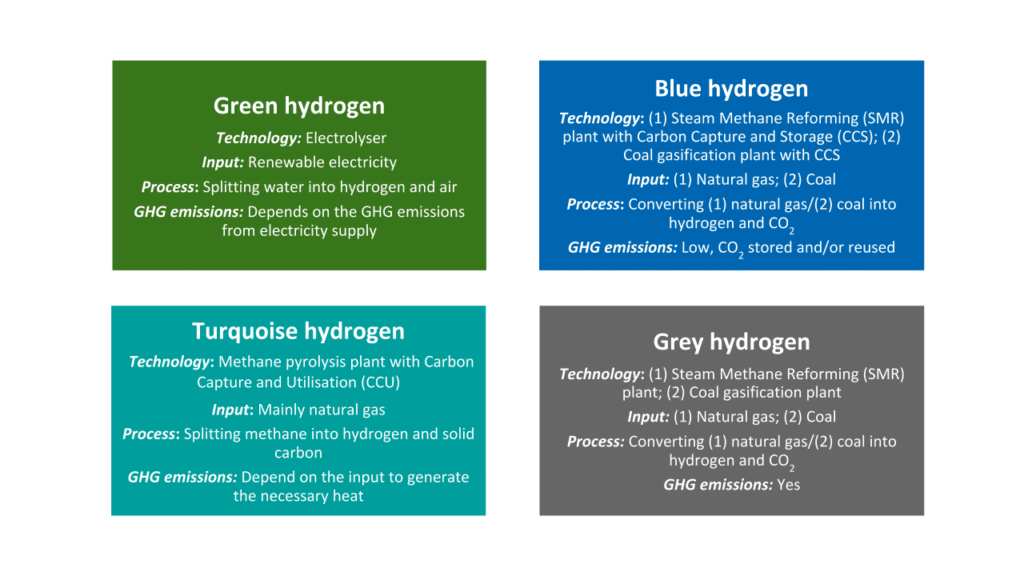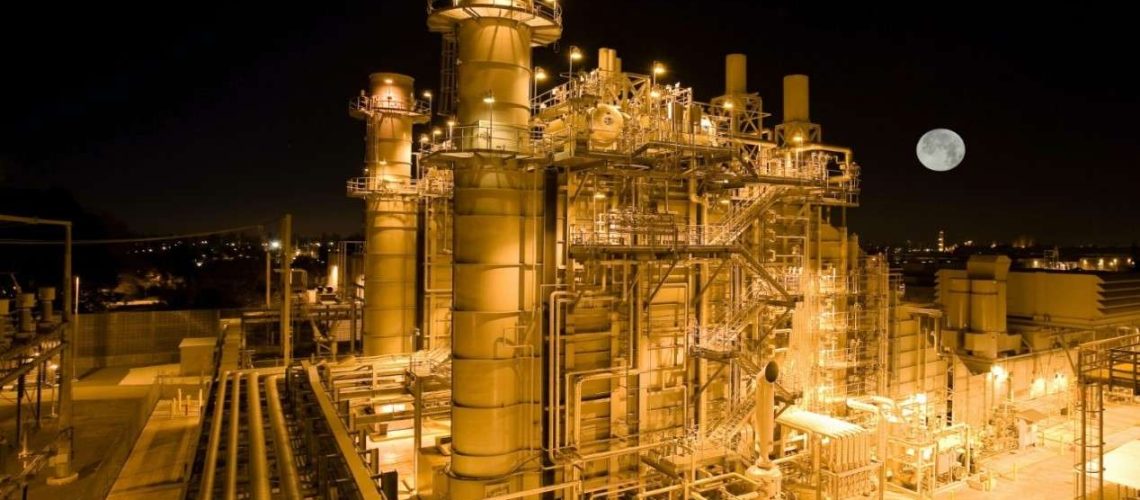Together with Chidozie Akakuru and Chigozie Nweke-Eze
Renewable energy investments are skyrocketing globally. However, Africa is still making huge investments in oil and gas infrastructure to drive her industrialization. In the lead up to Net Zero, what is the continent’s climate resilience and energy transition strategy?
At the 2022 UN Climate Change Conference of the Parties (COP26) in Glasgow, deliberations were held to secure global net zero by mid-century and keep global warming below 1.5 degrees, with notable outcomes.
The event ended with the Glasgow Climate Pact, a global agreement to accelerate action on climate, the completion of the Paris Rulebook, and a concrete pathway to achieving the Paris Agreement. There were also significant commitments to increase funding for emission reduction and climate adaptation initiatives.
On climate change adaptation, African negotiators had a united voice on climate justice and an increased need for adaptation finance. This is unsurprising as the continent has been at the centre of climate change impact even though Africa has only contributed less than 3% to global emissions.
While this is a move in the right direction, there is a potential downside as it leaves African countries at the mercy of foreign benefactors. So far, developed countries have failed to make good on their prior promise to mobilize at least $100bn in climate finance per year by 2020, with only about $80bn/year reached as of 2019. Despite this failure, a promise of more money was made, with COP26’s president, Alok Sharma, pledging to mobilize around $500 billion by 2025 for developing nations.
This still falls short of the trillions of dollars Africa needs to accelerate adaptation on the continent. If previous failures to meet agreed targets serve as a basis, it seems clear that an over-reliance on financial aid may not be the clearest path for Africa.
Renewable Energy Integration Strategy
Energy transition is at the forefront of the race to Net Zero by 2050. Reaching this target calls for a shift in the energy systems which form the basis of African economies. Most developing countries in Africa still largely depend on energy from fossil fuels which are expected to feature in the energy mix in the lead up to achieving Net Zero.
To transit to renewable energy and other low carbon energy sources, we must also keep in perspective a need for stronger economies and assured energy security, hence cannot follow the same track as developed countries without the same systemic challenges.
Although the continent’s energy transition will start from a lower base as we expect developed countries to transit faster than Africa, there are lessons to learn and mistakes to avoid from their journeys which will accelerate the continent’s energy transition.
To achieve this, African countries must develop an energy transition framework which encourages a continued integration of renewable energy options, taking advantage of the existing infrastructure which underpin the current energy systems.
This strategy is not wholly dependent on foreign aid and can aid the development of a more affordable hybrid approach to the integration of sustainable energy sources. In addition to popular energy technologies such as solar and wind, the initial phase of this would explore options similar in generation and / or transmission techniques to oil and gas developments. The transition strategy has to start looking at other alternatives such as hydrogen and geothermal energy and streamline efforts to suit unique situations across the various countries in Africa.
Hydrogen
Hydrogen can be produced from several sources using different technologies. The major categories are green hydrogen (electrolysis of water), green hydrogen (natural gas reforming) and blue hydrogen (natural gas reforming with carbon capture).


FSR (2020)
The choice of system of production of hydrogen would vary across African countries based on natural resources and presence of enabling systems. All cases require upfront planning, design, and installation costs. A means of optimizing these costs, long term, is to leverage on already installed facilities and transmission networks.
Pipelines are at the heart of the hydrocarbon energy transmission network and are likely to remain as the world transitions to low carbon alternatives. As the most economical method of transporting high-capacity fluids, several projects are underway to repurpose existing natural gas pipelines for hydrogen. Some of the projects in support of the EU’s “A hydrogen strategy for a climate-neutral Europe” considers converting existing pipelines at the core of its execution.
The Trans-African Gas Pipeline is the continent’s biggest pipeline project, running from Nigeria to Algeria. If completed, it has the potential to improve access to energy across the West African region and link the continent to Europe, not only for natural gas but natural gas-hydrogen blends and 100% hydrogen.
While this provides some level of cost savings on foundational infrastructure for the Hydrogen era, modifications such as changing piping to materials that are resistant to hydrogen attack / leakage and gas detection instruments are required to meet operational and safety requirements.
Repurposing natural gas pipelines for hydrogen transport is promising as several gas projects across Europe and North America are currently transporting natural gas-hydrogen blends in existing pipelines. As the most abundant element in the universe, the possible use of hydrogen now and in the future is limitless.
Geothermal Energy
Another viable option for swift transition and integration into existing projects is geothermal energy, which utilizes heat in the earth crust for energy generation. It is present in volcanic and tectonic zones such as the East African Rift System (EARS) where temperatures of 400°C have been recorded at depths up to 2300m.
Geothermal energy is on the verge of becoming a major player in clean energy development and may play a key role in improving the low energy access rate in the East African region, where countries possess significant geothermal potential.
Despite the region’s economic challenges and with relatively low investment levels, plants in Ethiopia and Kenya have attained geothermal power generation capacity of about 900 megawatts-electric (Mwe).
Kenya is the largest producer of geothermal energy in Africa and within the top ten countries in the world. While this is progress, there is still a lesson to be learned here for the rest of Africa. With over a century of experience in extracting energy resources from the earth’s sub-surface, there exists an opportunity for energy companies within the continent to be on the front line of developing this energy resource which requires relatively similar extractive technology.
Technology Transfer and Capacity Building
It is evident that mobilizing finance is a critical piece of the jigsaw when considering such projects, but it is only part of the solution.
Some may argue that these options have little long-term impact. However, these are only first steps in what is going to be the pivotal race of our generation, the race to Net Zero.
Technology transfer and an entrenched sustainability culture are foundational steps in developing the continent’s energy resources as we await the financial aid from foreign contributions for climate change adaptation.
The bulk of the technology needed to produce more sustainable energy would need to be imported from areas in which they have been tested, as more Research & Development goes into cost-effective and environmentally viable production processes.
Also, a culture in which a long-term outlook of the environment is prioritized in government policy making would significantly drive the adoption of new technologies and the shift towards cleaner energy.
Any masterplan which provides a framework for clean energy development must consider stable investments and seek to address the shortage in human resources needed to drive sustainability of these efforts. In that sense, capacity building must be a multi-pronged approach that encourages technology adoption, repurposing of facilities and a focus on specialized trainings for the required engineers, technicians and project managers.
Strengthening the resource pool would also foster the proliferation of ideas and companies amongst the entrepreneurial ilk in the countries, who can leverage on increased funding available to complement governments’ initiatives and projects.
Conclusion
While most developed countries have already laid the foundation to achieving their net-zero target, African countries still struggle to develop an energy transition road map that considers its current economic constraints and energy insecurity.
Repurposing current energy infrastructures and technologies presents a cost-effective and fit-for-purpose approach to meeting the continent’s energy needs and protecting the environment. This approach is likely to become more viable in Africa and across the world as concrete steps are taken towards meeting the commitments of the Glasgow Climate Pact.


